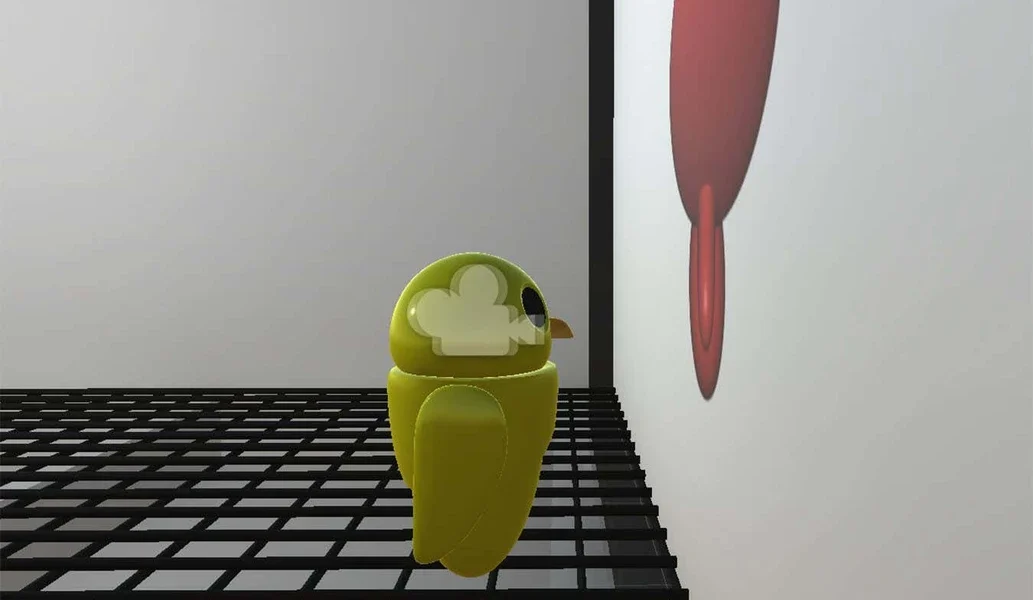AI Learns to Recognise Objects with the Efficiency of a Newborn Chick
Researchers have made a breakthrough in artificial intelligence by enabling AI to recognize objects with the efficiency of a newborn chick. This development draws inspiration from the remarkable visual learning capabilities of young birds.
Understanding Vision Abilities
In a groundbreaking study, researchers tested the vision abilities of AI in a virtual environment that replicated a test for baby chicks. The aim was to assess whether AI could learn from minimal amounts of data as efficiently as newborn chicks.
The ability of young birds to quickly identify and follow the first moving object they encounter, known as imprinting, has captivated researchers. This process is crucial for the survival of birds in the wild, as it helps them stay close to a parent, providing necessary protection.
Efficient Learning with Minimal Visual Information
Strikingly, it doesn’t take much visual information for a bird to learn to prefer one object and follow it, as noted by the researchers. This innate capacity for efficient learning with minimal exposure to data has sparked curiosity in the AI research community.
The ability of newborn chicks to learn rapidly from limited visual input has served as a model for developing AI algorithms that can achieve similar levels of efficiency. This groundbreaking research holds significant implications for the field of artificial intelligence and machine learning.
Applications in AI Development
The potential applications of this research in AI development are vast, as it can lead to the creation of learning algorithms that require minimal training data to achieve high levels of accuracy. Such advancements have the potential to revolutionize various industries that rely on AI technology.
Moreover, understanding the mechanisms behind the efficient learning abilities of newborn chicks can provide valuable insights for improving AI systems, particularly in tasks that necessitate quick adaptation to new environments and stimuli.
Implications for Wildlife Conservation
Beyond the realm of AI, the study of newborn chicks’ visual learning capabilities holds implications for wildlife conservation. By gaining a deeper understanding of imprinting and rapid visual learning in birds, researchers may uncover novel strategies for the preservation of avian species.
The insights derived from this research can potentially inform conservation efforts aimed at protecting vulnerable bird populations and facilitating their adaptation to changing environments due to human activities and Other environmental factors.
Inspiration from Nature
Nature has long been a source of inspiration for technological innovation. The ability of newborn chicks to swiftly learn and adapt to their environment using minimal visual information offers a blueprint for creating more efficient and adaptive AI systems.
By drawing inspiration from the natural world, scientists and engineers can continue to push the boundaries of AI development, creating technologies that not only replicate but also enhance the extraordinary capabilities observed in living organisms.
Conclusion
In conclusion, the groundbreaking research that enables AI to recognize objects with the efficiency of a newborn chick represents a significant step forward in the field of artificial intelligence. By leveraging the innate learning capabilities of young birds, researchers have unlocked new possibilities for AI development, with potential applications in various domains, including wildlife conservation.
Source: newscientist








No Comments